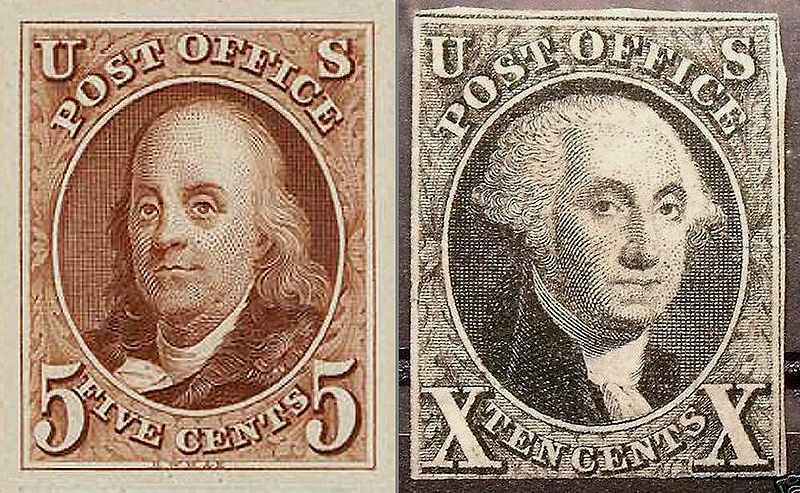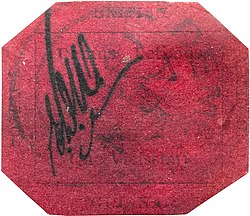All Hail the Cheese!
Did you know National Cheese day is June 4th? Everyone loves cheese in all its many forms. The more the better. Although we can’t pinpoint when cheese was first discovered it was, most likely, during the transport of fresh milk in the organs of animals such as sheep, goats, cows, and buffalo.
This stamp, featuring a cheese maker, is from, where else, Switzerland (1987). There are actually quite a few stamps featuring cheese but none that I could find from the US. Interestingly, maybe this is why.
Back in 1835 in Sandy Creek, New York, Colonel Thomas Standish Meacham had the idea to craft a super large cheese to gift to President Andrew Jackson.
Thomas hired carpenters to build a frame and lined it with cheese cloth. The curd made from the milk from his 150 cows was added daily and the whey squeezed out. At the end it weighed 1,400 pounds. He boxed it up, sealed it and got it ready to present to the President in Washington.
The cheese was placed on a large wagon pulled by 48 horses and loaded on a ship while a band played and cannons fired. When it reached the Capital it was presented to the President with much fanfare.
President Jackson wasn’t sure what to do with the unusual gift. Over the next few months he gifted large amounts of cheese to family, friends and members of his administration. He served it at dinner, had dinner parties centered around cheese and generally tried to get rid of as much as he could. Meanwhile, the cheese was stored in a back room of the executive mansion where the smell of it began to permeate the residence lingering in clothes and furnishings.
President Jackson, exasperated, had the cheese brought to the foyer of the White house and openly invited the public in to have their fill. Thousands of visitors came to have some.
“All you heard was cheese, all you saw was cheese, all you smelt was cheese,” recalled one witness. “The whole atmosphere for half a mile around was infected with cheese.”

At the end of the event there was cheese everywhere. It had been stepped on and ground into the carpet, cheese covered hands had turned doorknobs and been wiped on walls, drapes and furniture cushions. Luckily for Jackson, he was only in office for two more weeks so showed no interest in cleaning up the mess. He left that chore to his successor, Martin Van Buren.
“[Martin Van Buren] had a hard task to get rid of the smell of cheese,” wrote the wife of a Massachusetts senator, “and in the room where it was cut, he had to air the carpet for many days.” Subsequently Van Buren banned all food from all future White House receptions.
The government went on to regulate cheese even in the 2oth century. In the 1920’s the Department of Agriculture placed regulations on the percentage of pepper allowed in Monterey Hack cheese and even ruled if the word “smoked” should come before or after the word “Gouda”. In 1952 even the size of the holes in Swiss Cheese were restricted to “no more than half an inch wide” and limited the number of holes in any given piece to eight.
So next time, preferably on June 4th, you mount a new cheese stamp in your cheese topical collection just remember the 1,400 pound cheese that graced the US capitol and the smell that probably still lingers there today.















